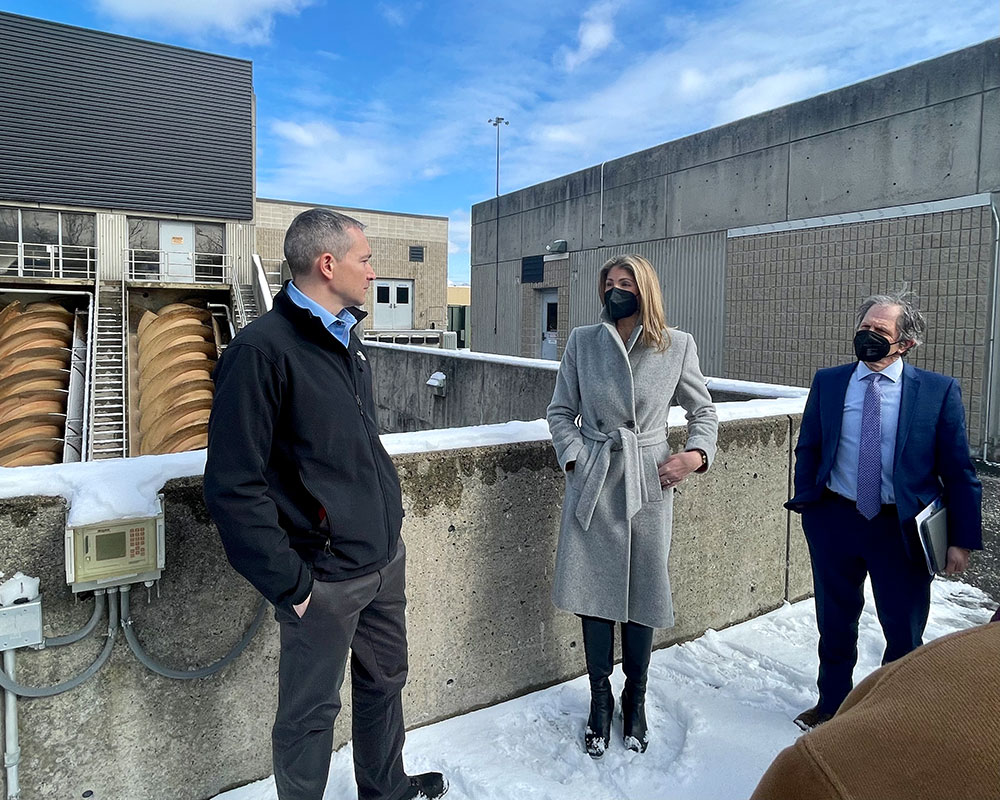Merrimack River Watershed Council says 2021 marked an “unfortunate milestone for the Merrimack River” with 822 million gallons of untreated sewage being discharged into it—the largest amount recorded in nearly a decade.
The nonprofit protection and advocacy group is now inviting the public to learn more about these sewage releases, known as combined sewer overflows or CSOs. It plans an online webinar for Monday, March 14, at 7 p.m. A panel includes experts who will discuss newly collected data, impacts on public health and the environment and potential solutions to the problem.
Panelists are Jill Carr, coastal data scientist at MassBays National Estuary Partnership; Wendy Heiger-Bernays, professor, Boston University School of Public Health; Chris August, environmental manager at ACV Enviro and Watershed Council board member Susie Bresney, Massachusetts Water Resources Program Manager; John Macone, the Council’s policy and education specialist; and Lauren Zielinski, the Council’s New Hampshire water resources program manager.
Panelists will review the Council’s newly-published 2021 water quality report, as well as a user-friendly online dashboard that can be used to quickly and easily see pollution levels that occurred after CSO discharges. Much of the meeting will be devoted to answering public questions about the report, the impact of CSO discharges, and any other concerns the public has regarding the Merrimack River.
Those who wish to register, may visit Merrimack.org.
For the past several months the Watershed Council has conducted water tests after major CSO discharges in order to better understand how bacteria moves downstream and to help gauge potential health threats to humans and wildlife. Tests were conducted at 15 different sites, from Manchester, N.H., to Plum Island.
Discharges occur during rainstorms, in cities where street drains are connected to sewer pipes. During these intense storms, sewer plants are overwhelmed by the volume of effluent flowing into them and are forced to discharge it directly into the river. The plants are located in Haverhill, Lawrence and Lowell and Nashua and Manchester, N.H.
The year 2021 was an unusually wet year in the region. July was one of the rainiest Julys on record, and resulted in 10 days of CSO discharges, an unusually large number for a single month. Intense rainstorms also occurred in September and October. In all, there were 42 days in 2021 with CSO discharges. Health officials recommend that people avoid contact with the river for 48 hours after a CSO incident occurs, as the river may contain unsafe levels of bacteria that can cause rashes, infections and/or gastro-intestinal problems.
The Council notes that scientists predict climate change will cause more intense rain events in the future, which may lead to larger CSO discharges.
Copies of the 2021 water quality report can be downloaded at the watershed council’s website, Merrimack.org.

